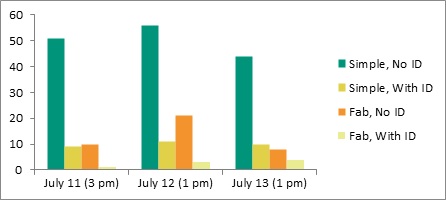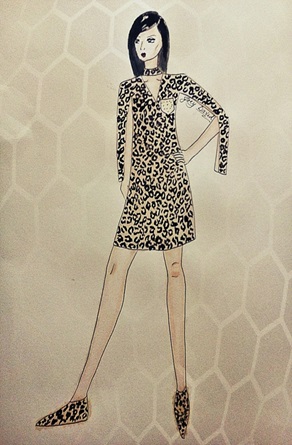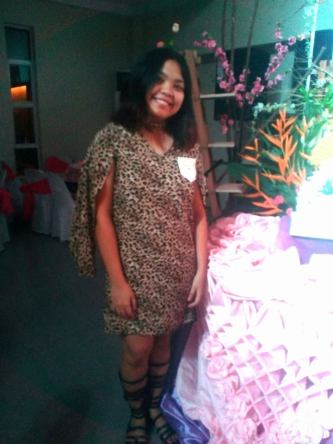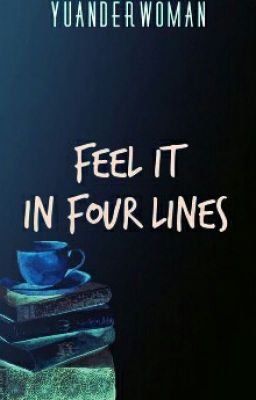Relation of Gender to the Ninth of November
She “loved me” in quotations
She kissed me in bold
I TRIED TO KEEP HER in all caps
She left with an ellipsis . . .
—Benton James Kessler
More than a date on the calendar, November Nine is the newest book of #1 New York Times bestselling author, Colleen Hoover. Many would’ve not read it yet since it was just released last November 10, 2015. Nevertheless, this essay will briefly retell its plot and analyze different angles related to gender which can be found in the novel.
The story line started on the first November 9th, when Fallon was having lunch with Donovan O’Neil, her asshole of a father. Donovan’s new woman got pregnant and he expected Fallon to be happy with that news. During their heated conversation, Donovan uttered casually, “Your mother left me because I slept with her best friend. My personality had nothing to do with it.” This statement could be a representation of how men and women are treated whenever they commit affairs. It usually appears “normal” for a man to have another woman but if it’s the opposite, the woman is viewed as a slut. It could also be a manifestation of power and dominance if a man could have as much women as he wants. A good reference is the film The Duchess (2008) wherein the duke had an affair with the duchess’ friend, even allowing this mistress to live inside the palace. When it was Duchess Georgiana’s turn to confess that she has feelings for another man, the duke became furious, saying that it is the wife’s job to be loyal to her husband. It was also mentioned that it would be such a disgrace for the duke if the people knew that his wife had someone else.
Going back to the novel, Fallon happened to be one of the fastest up-and-coming teen actresses in Los Angeles. However, that was two years ago—before a fire incident burned away her looks and confidence. Since then, she did all she can to avoid people, not because she’s afraid they’ll stare at her scars. She avoids them because they don’t stare. The second people notices her, they look away just as fast, because they’re afraid to appear rude or judgmental (Hoover, 2015, p. 9). This thought of hers brought me a realization: I was among the people she was referring to. At times that we see a disabled person, isn’t there a battle inside our brain whether to look or to look away? Whether to show sympathy or just act like we don’t care? In the third chapter of John Berger’s Ways of Seeing, it was discussed how women survey themselves, although in reality, the same might also apply to men. If we look at it from a different perspective, away from the shoes of someone being surveyed and towards the position of the spectator instead, we can ask ourselves: How do we survey other people?
The perfect respondent to the question is none other than the character of Benton James Kessler. How cliche it might seem, he was the random dude who joined Fallon and Donovan’s table, greeting the former with a “Sorry I’m late, babe” scheme. Apparently, he had eavesdropped enough of the daughter-and-dad conversation to be able to step in and defend Fallon’s plan to move to New York to pursue a Broadway career. After Donovan left, or walked out rather, Fallon and Ben continued with their fake-dating. It was Fallon’s last day in Los Angeles but the two decided to just go with the flow and test their compatibility. While inside Fallon’s room, Ben voiced out a hurtful yet honest line, “But it’s your own fault people feel uncomfortable looking at you.” As an answer to the question earlier, the way we survey people could really be caused by the way they survey themselves.
In line with this, another question comes into the picture: Are women objectified because they themselves want to be objectified? The world is full of irony if we would base it on art. If the artist of a nude painting is a male, he is said to objectify women. If the artist of the same genre is a female, she is said to advocate feminism. Despite this unclear notions, I claim that we, regardless of gender, have control on how people would see us. Hence, beauty must come first from ourselves if we want to establish a certain image.
Before Fallon’s flight to New York, she and Ben agreed to meet again in the next five years, on the same day—November 9. The deal was that Fallon must audition for Broadway while Ben writes a romance novel about them. It’s pretty absurd, given that they won’t have any communication at all throughout the rest of the year but that made every November 9th worth of anticipation. At the near-end part of the novel, Fallon discovers that Ben was the one who caused the fire. He already knew her long before, as it was revealed in Ben’s manuscripts. A book inside a book; both about the love story between a writer and his unexpected muse. Colleen Hoover is indeed an expert in creating awesome plot twists.
One really good influence of November Nine is its attempt to break the stereotypes of fictional characters. Ben, being a writer, is completely aware that female readers like stories featuring bad boys with a soft side when it comes to their special someone. Men aren’t also known to show emotions, to cry most especially, because it diminishes their manliness. On the contrary, Ben is an emotional, love struck being who cried like a baby when Fallon accepted him back at the end part. Another funny instance, sometime during the second November 9th, was when Ben got a tattoo of the word poetic, written inside a music staff.
Oh, God. What if that’s why he’s getting a tattoo? What if he’s trying to come off as more of a tough guy? I should probably warn him that he’s doing it wrong.
I clear my throat to get his attention. “Um. I hate to say this Ben, but a wrist tattoo of the word poetic isn’t very alpha-male. It’s quite the opposite actually. You sure you don’t want to go with a skull? Some barbed wire? Something bloody, maybe?” (Hoover, 2015)
To sum everything up, November Nine is a book I would highly recommend. It was like a breath of fresh air because it is an easy read where characters only meet once a year. Yes, it is mainly about romance but is also a treasure chest of moral lessons. A body is simply a package for the true gifts inside. Indeed it is.
References:
Bulman, Colin. Creative Writing: A Guide and Glossary to Fiction Writing. Cambridge: Polity Press. 2007
Hoover, Colleen. November 9. New York: Atria Paperback. 2015
Talbot, Mary. Language and Gender: An Introduction. Cambridge: Polity Press. 1998



